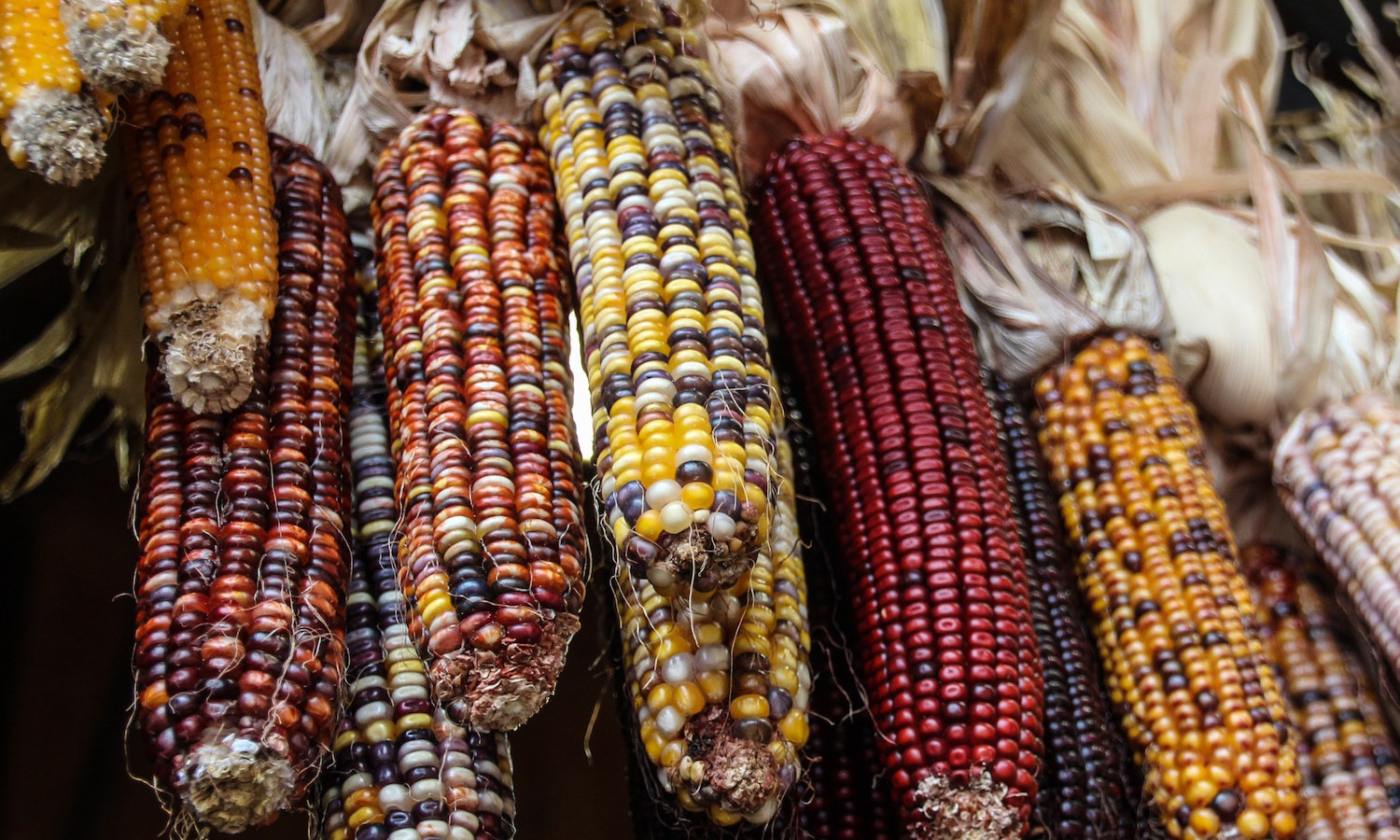During a panel organized by The James Beard Foundation and First Nations Development Institute, “Women’s History Month: Honoring Indigenous Women in America’s Food System,” Indigenous women activists discuss the role of food in preserving and elevating their communities.
The conversation is moderated by Cochiti/Kiowa member A-dae Romero-Briones of the First Nations Development Institute. Panelists include Gwich’in member Rochelle Adams of Native People’s Action; Navajo Nation member Denisa Livingston of Diné Community Advocacy Alliance; writer, ethnobotanist, environmental activist, and Blackfeet Nation member Rosalyn LaPier; and Ho-Chunk member Vanessa Casillas of Gatherings Café.
“When we ask what are the differences between an American food system and an Indigenous food system, one of my first answers is—you see the panel—we’re women,” begins Romero-Briones.
“We have such an important role in our lands and in our communities and how we raise our plants, as well as our children. We are the bedrock of Indigenous food systems. In American food systems, that’s often dominated by men. The female voice is not always heard, but you will hear it strong today,” she says.
The conversation takes place amid the COVID-19 pandemic, which has ravaged Indigenous communities across the United States. The Centers for Disease Control and Prevention (CDC) finds that, at one point in the pandemic, Indigenous individuals in the U.S. were 3.5 times more likely to contract the virus than non-Hispanic white Americans.
“We don’t look like what we’ve been through this year,” says Livingston, who says her community was particularly devastated by COVID-19. “It’s a very empowering time.”
Livingston says the COVID-19 pandemic has exposed many inequities in Indigenous communities, but it has also provided an opportunity for Indigenous women to demonstrate leadership. “For us, it was really about that relational equity: how do we come together in a space when we face disparities and inequities?” she says.
Many of the panelists agree that food is at the heart of this healing process. “Food is much more than nourishment,” says Casillas. “It’s our spirituality, it’s that wholeness. It’s our occupations, it’s physical wellness, it’s emotional. It connects us to the environment.”
Casillas compares smoking meat and fish to church. “Being able to be so tightly intrinsically connected to our land and waters, and to practice that, and to go into that smokehouse, and to keep the fire burning… I can’t express enough how much that means to us to have that, to carry on that tradition and have our food sovereignty as Indigenous people, because our wellness is so important,” she says.
LaPier adds that Indigenous people have long understood how food systems intersect with public health, culture, and environmental conservation. “We don’t silo things as much as we see in other communities or other cultures,” she says. “We will see the connections between language revitalization, restoring our food systems, having our respect and reconnection with elders.”
Adams also reflects on the ties between food and earth. “When I think about our food system, it’s really our connection to place,” she says. “It’s such an honor to continue this way of life, to be so connected to our home—the lands, the waters, our indigenous place, and all that call that place home, as well: our fish, plant, bird relatives.”
Unfortunately, Indigenous peoples’ access to land has not always been guaranteed. As an example, Adams explains that her own community is fighting to protect their land in Alaska from oil drilling.
“Indigenous people have quite a challenge to the rights to our hunting and fishing and food sovereignty,” she says. “Our family has a story for every bend of the river and every trail… It’s important that we maintain that stewardship over our land.”
Panelists also call out other challenges Indigenous communities struggle with: an absence of food sovereignty, poor public health, and an abundance of food swamps, or areas that only have access to unhealthy food.
Livingston suggests that, in order to continue to effect change, Indigenous women must process their own traumas. “How do we serve out of grief?” she contemplates. Livingston continues with examples of Indigenous self-care: drinking greenthread tea, braiding one’s hair, and planting seeds.
“We need to hold those spaces even more during this time so that we come out stronger, we come out more resilient,” she says.
Photo courtesy of Bart Heird, Unsplash











